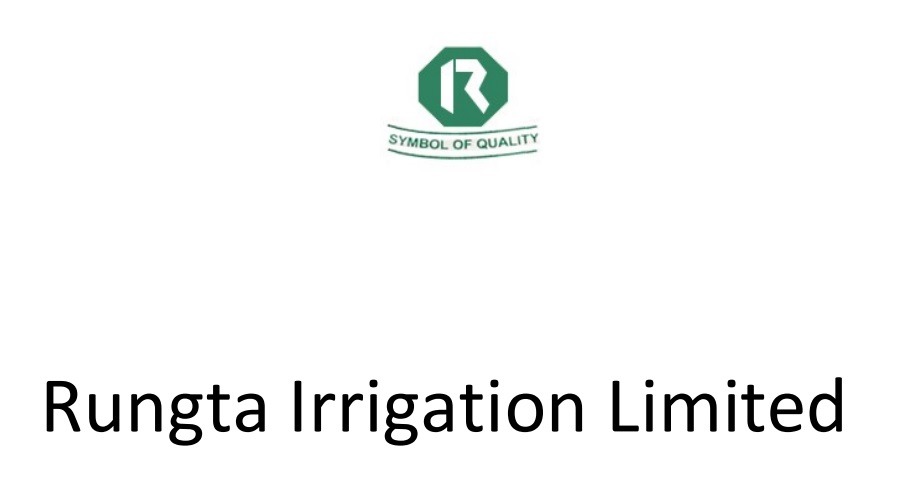 Image Source: Inc. Magazine
Image Source: Inc. Magazine
A new wave of neuroscience-backed research reveals that emotionally intelligent individuals excel at lowering stress and improving their mental stamina by following three deliberate steps. These simple, practical actions help rewire the brain and foster confidence, skill, and calm under pressure—skills crucial for today’s high-stakes, always-on world. Here’s a closer look at today’s findings and how you can incorporate these strategies into your routine.
Key Highlights
Emotionally intelligent people use a trio of science-backed steps that help them identify, regulate, and reframe stressors, leading to measurable improvements in mood, resilience, and everyday performance.
Instead of venting or bottling up emotions, these individuals master the art of acceptance, cognitive reframing, and targeted improvement—applying the brain’s neuroplasticity to override unhelpful stress responses with productive habits.
Step 1: Recognize and Label Your Emotions
The journey begins with awareness. Neuroscience shows that simply naming and observing your emotional state activates the brain’s prefrontal cortex, the center for reasoning and self-control.
When confronted with stress, pause to explicitly name what you’re feeling: Is it anxiety, overwhelm, frustration, or something else?
Labeling emotions reduces their intensity, making them manageable rather than overwhelming.
This approach, termed “affect labeling,” has been shown in imaging studies to dampen the brain’s emotional reactivity, leading to clarity and focus when it matters most.
Step 2: Reframe the Situation for Perspective
Once you know what you’re feeling, emotionally intelligent people shift from a reactive mindset to a proactive one by reframing their stress through a more empowering lens.
Take a step back and ask: Is there another way to interpret this problem? What’s the bigger context?
Use techniques like the “zoom out” method or the “five-years question” (Will this matter in five years?) to gain distance from the immediate stressor.
By reframing a challenge as a growth opportunity or lesson, individuals activate neural pathways linked to hope, motivation, and problem-solving—a pattern shown to reduce anxiety and foster resilience.
Step 3: Actively Improve the Situation or Yourself
The final step turns insight into action—emotionally intelligent people consciously choose a positive response to stress.
These actions may include deep breathing, planning specific next steps, or reaching out for support.
Neuroscience affirms that self-regulation practices—such as mindful meditation, gratitude journaling, or constructive feedback techniques—can shift brain chemistry, activate parasympathetic (calming) responses, and help build new resilience habits.
Even minor self-improvement or skill upgrades (like using the Pomodoro technique for time management) reinforce a sense of agency and growth, turning stress from a threat into a fuel for personal development.
Real-World Impact and Expert Advice
Studies show that these steps not only lower stress but also boost confidence, workplace performance, relationship quality, and overall life satisfaction.
Emotional intelligence trends for 2025 emphasize integrating micro-moments of awareness, cognitive flexibility, and self-management into daily routines—habits that anyone can learn regardless of background or natural temperament.
Coaches and mental health professionals recommend practicing these three steps habitually, making them as automatic as checking your phone or grabbing your morning coffee.
Looking Ahead: The Takeaway for Daily Life
Forget elaborate therapies or escapism—science now confirms that the most effective stress-busting techniques are grounded in emotional intelligence: identifying your feelings, reframing your story, and choosing an intentional response. With a little practice, these habits can transform not only your stress levels but your approach to life’s inevitable challenges.
Sources: Inc.com, Kapable, PMC, ScienceDirect, Stimm Jewelry Blog
Advertisement
Advertisement







